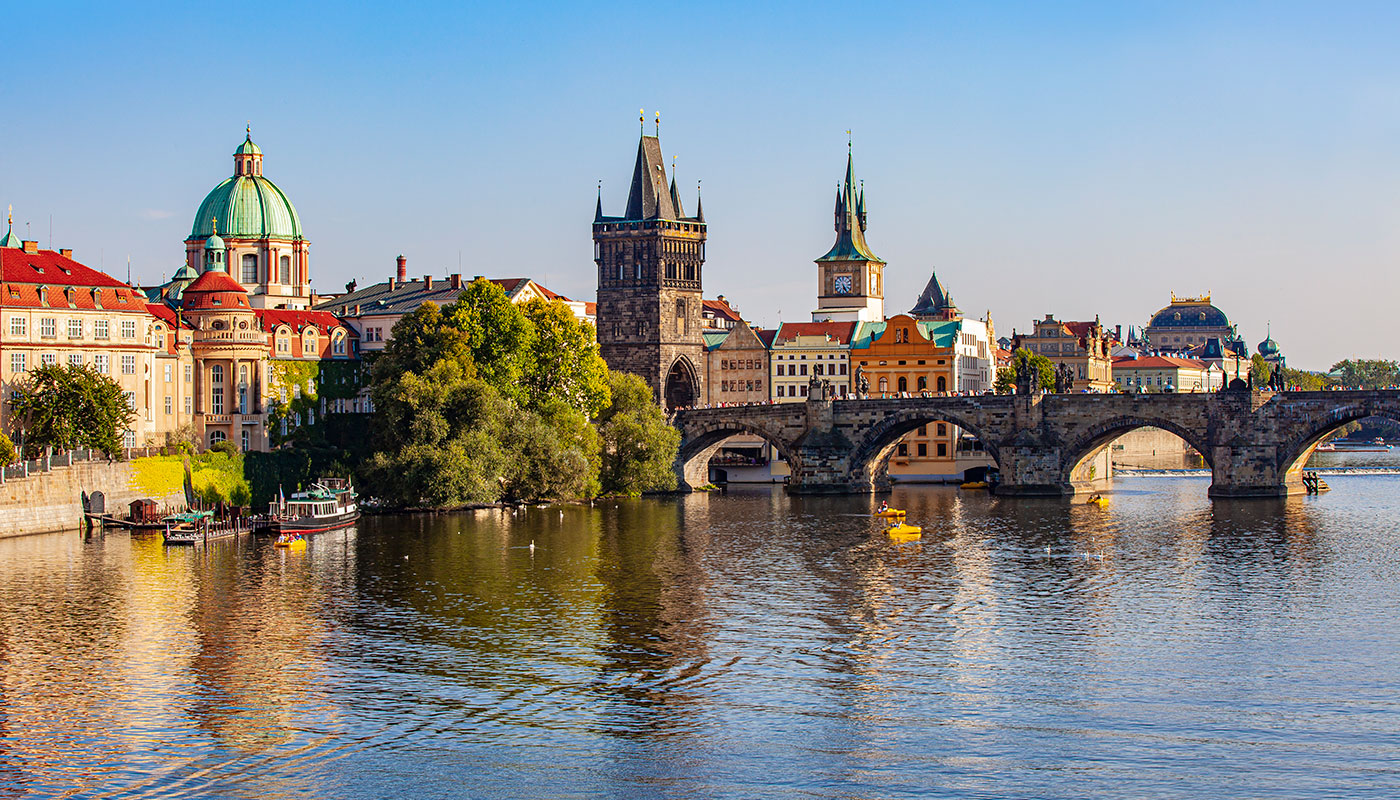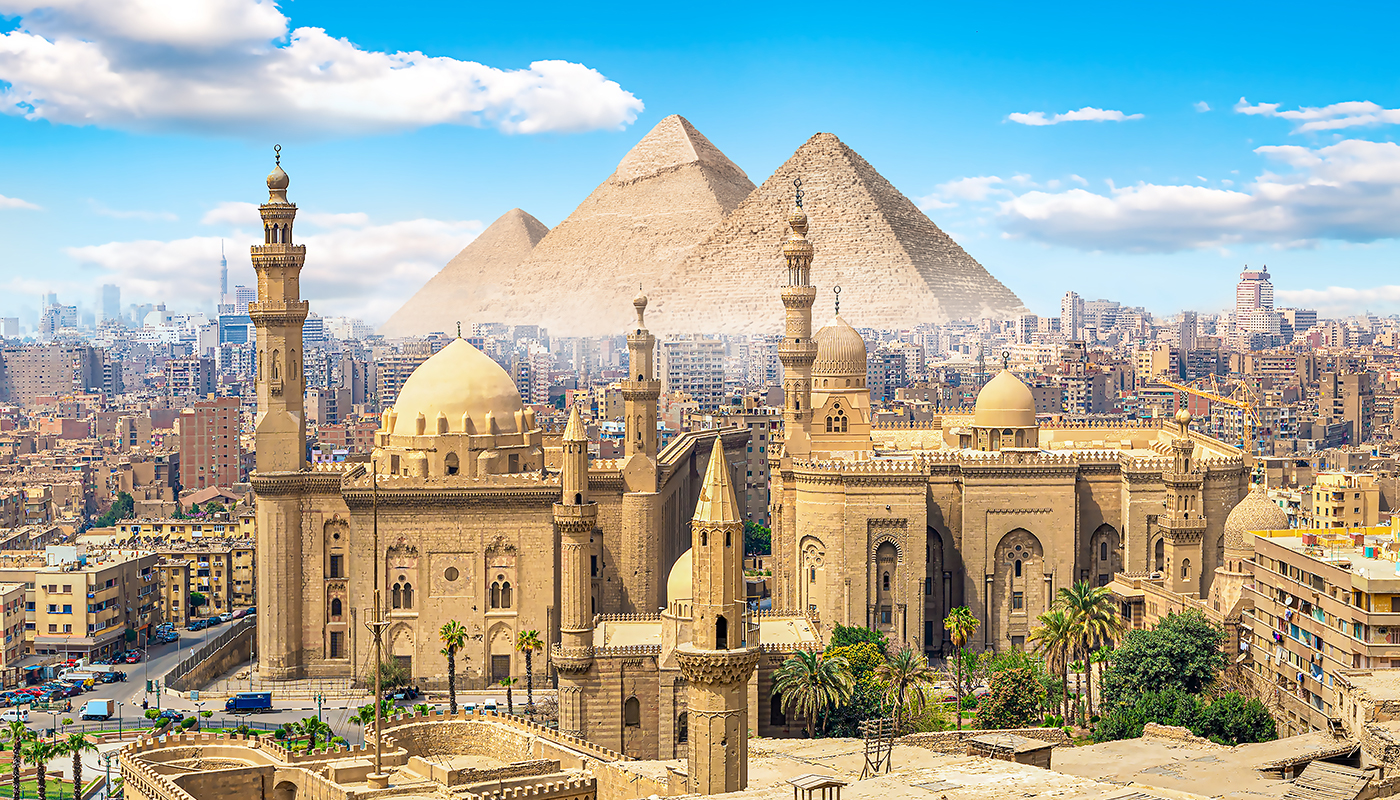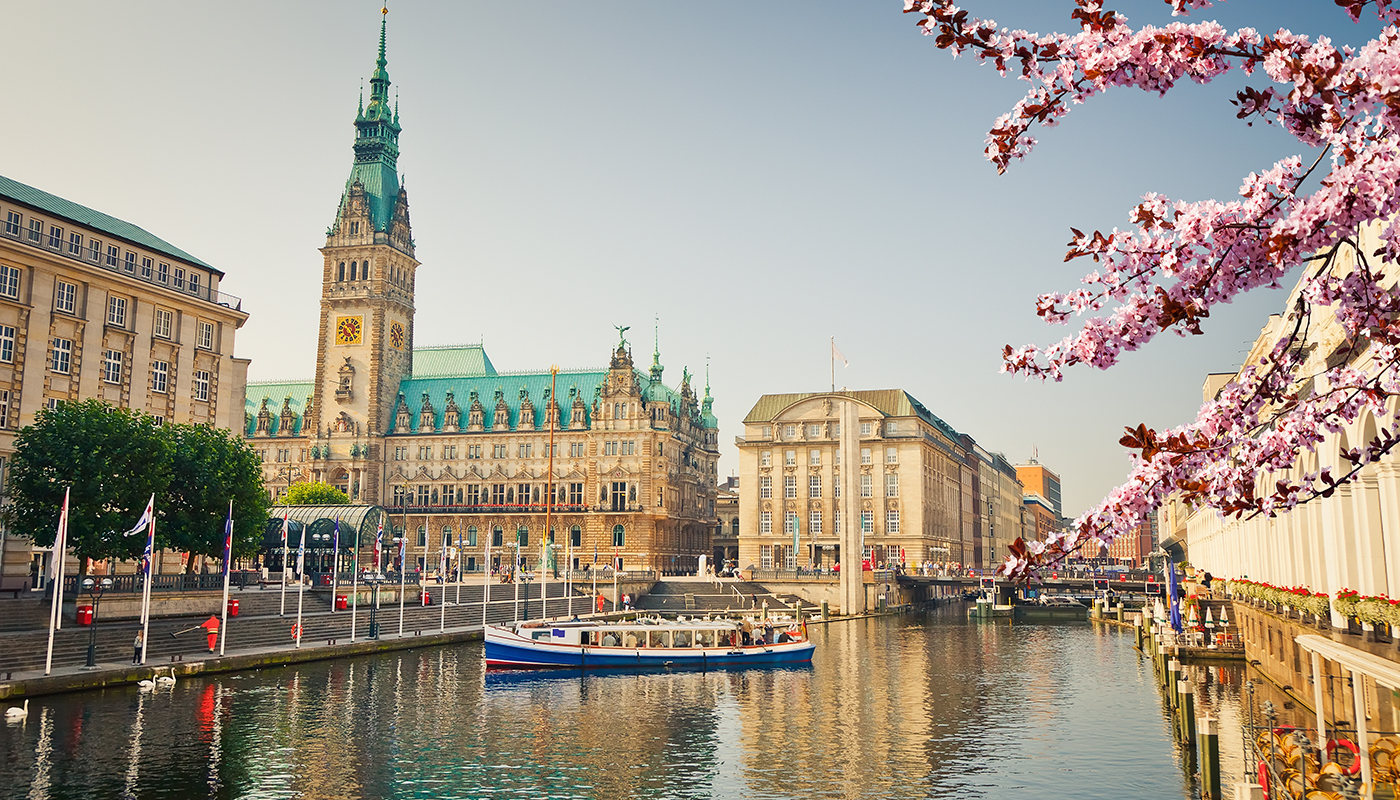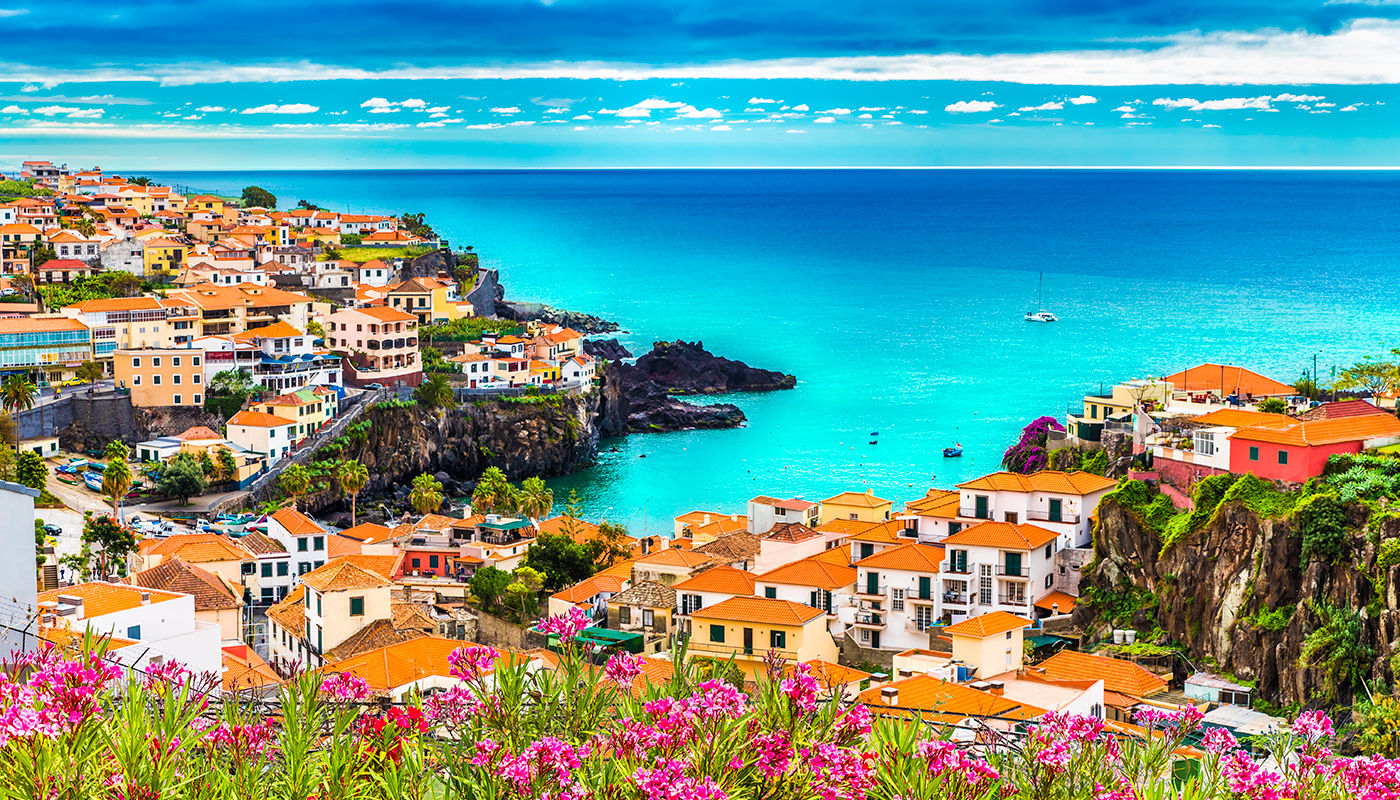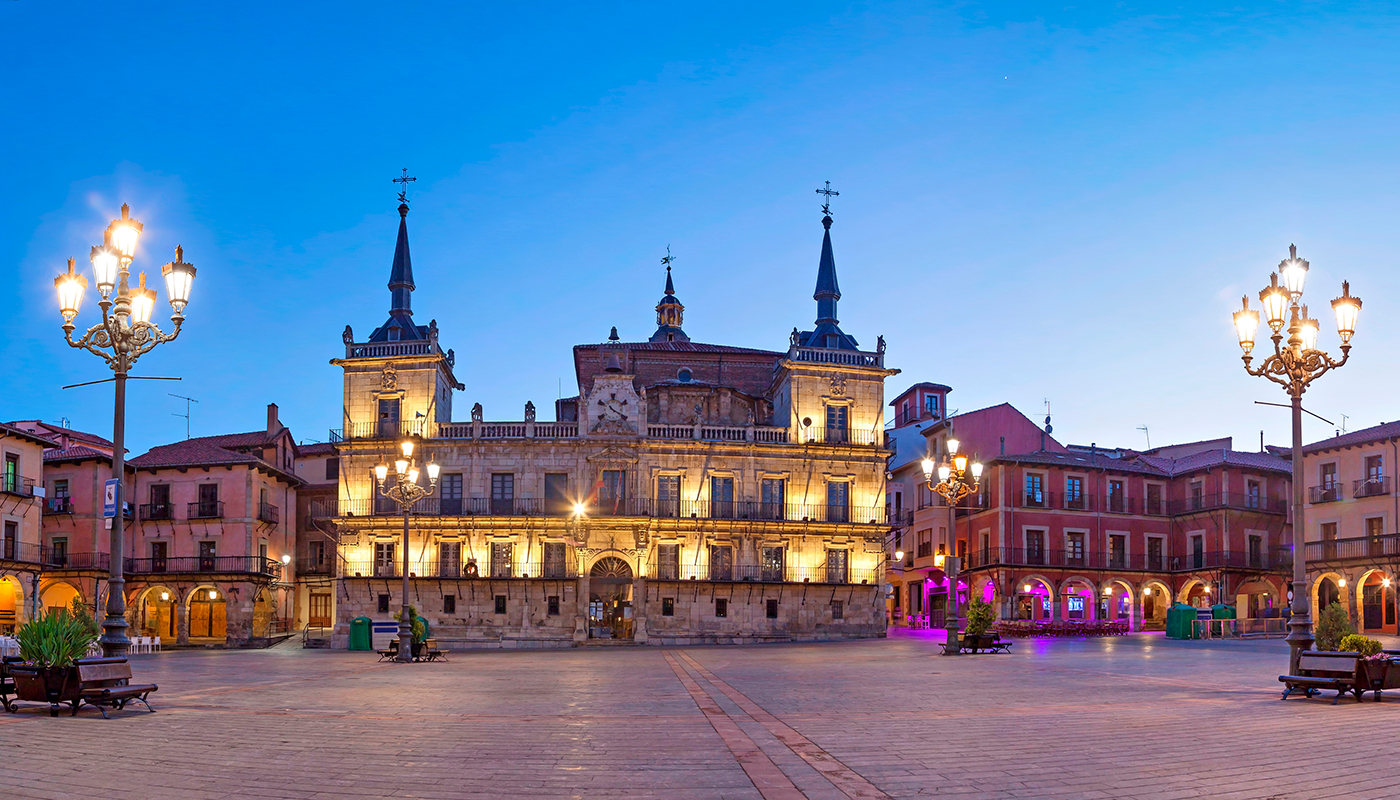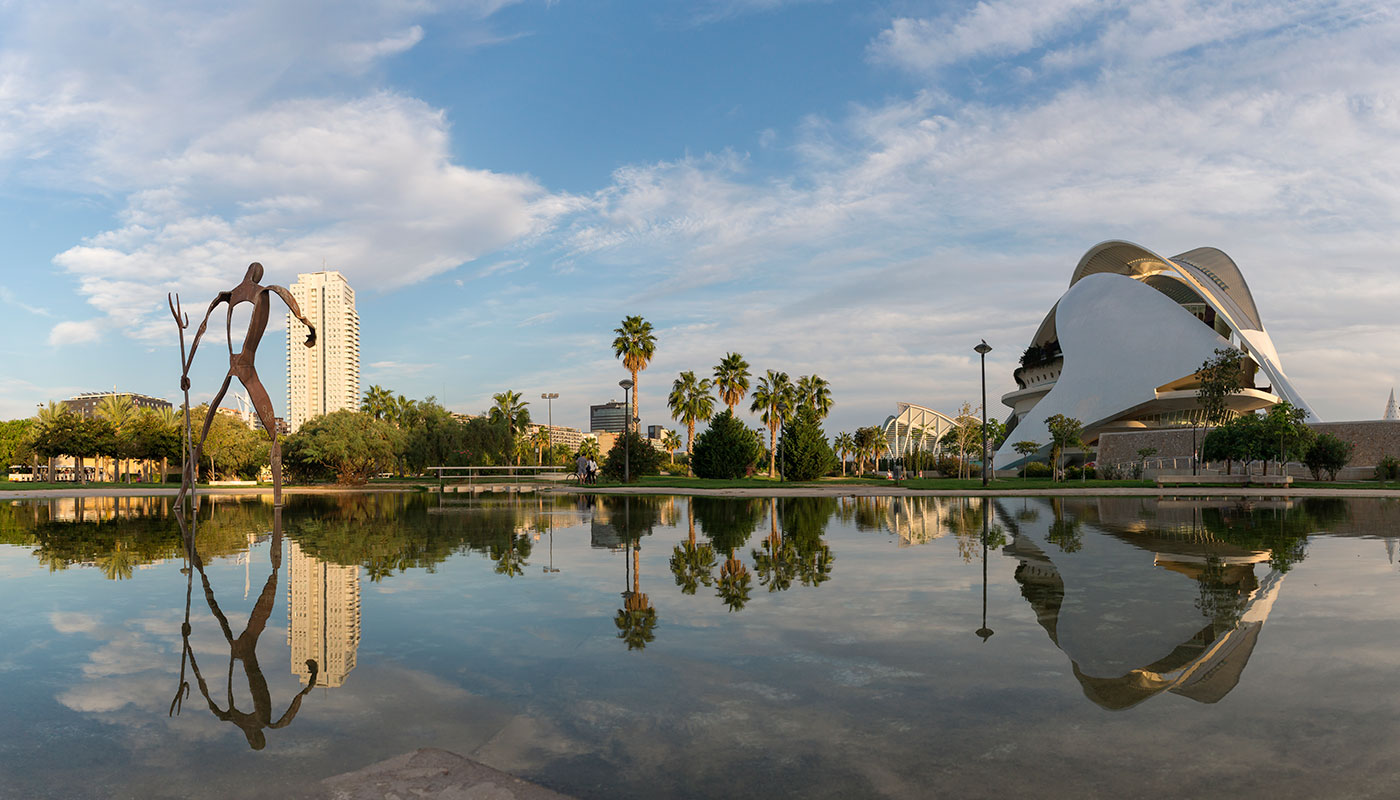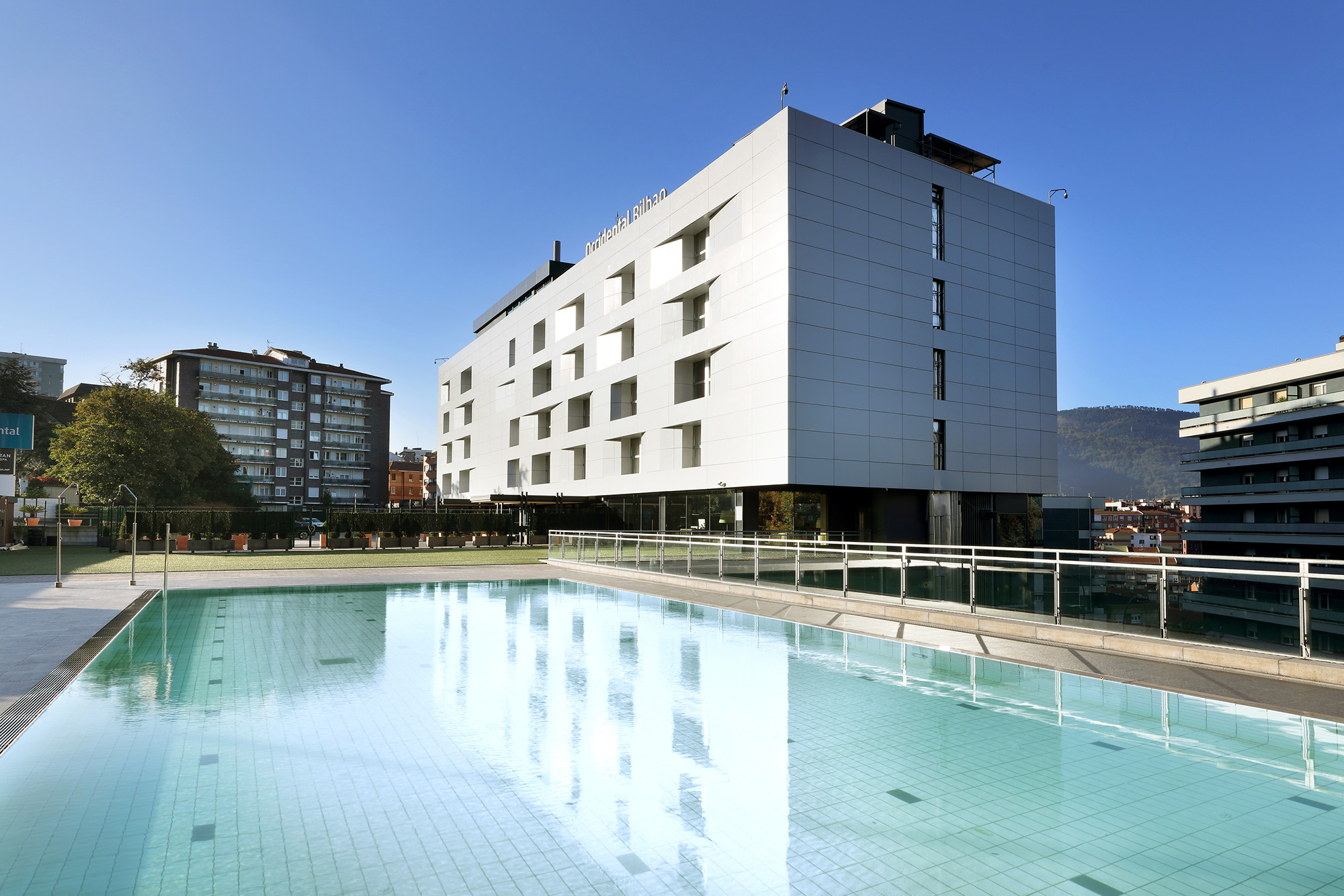Climbing Mount Pagasarri is an experience that every self-respecting Biscayan does on a regular basis. People say that this is one of its hallmarks, like the San Mamés stadium, the Our Lady of Begoña basilica and the Bilbao estuary. This 671-metre-high peak located in the south of Bilbao is an ideal destination for a getaway with friends or family and being treated with incredible views of the city. Moreover, in the ‘Paga’, as it is popularly known by the locals, there is a recreational area and a small mountain refuge, with a bar and restaurant service that was built in 1914 by the Bilbao City Council at the request of the CD Bilbao club. This peak is so generous that you can continue climbing up to Ganekogorta mountain (998 metres).
Climbing Pagasarri, a classic ascent
You can climb Pagasarri in many different ways starting from the neighbouring municipalities, but the most common and classic way is to start in Bilbao, from Zabalburu Square. You then go round the Iberdrola building and turn left along Camino de Pagasarri. This is where the ascent to the summit actually begins and, on the way, at an altitude of 375 metres, you will come across the hermitage of Saint Roch, located in a beautiful spot and which, according to the locals, was built to pray to the saint to end the cholera epidemic that struck Bilbao in 1575. They say that the prayer was answered and so, every year in August, a large pilgrimage is held in honour of Saint Roch, patron saint of the plague-stricken.

If you start from Zabalburu, you can climb Pagasarri within 90 minutes but, if you want to enjoy the scenery and be entertained, you can, of course, take longer. There are other less used trails to Mount Pagasarri that start in Llodio, Areta or Zollo, but the route is much longer.
This hill described by the poet Miguel de Unamuno (‘Grim Pagasarri, old friend/ of the sadness of my childhood/ your solitude sheltered my solitudes/ with its sparse greenery as a shelter’) forms part of Bilbao’s green belt and, throughout the area, there are numerous recreational areas and well-marked trails to explore, even with children.
What to see and do in the area
From Mount Pagasarri, which forms part of the Ganekogorta massif, you can access several 17th century ice houses and the Tarín fountain, which is fed by the Udoi spring and was built by public subscription for a fee of one tarín (a medieval coin). Hence its name. The cylindrical ice houses on Mount Pagasarri stored the snow that was later used to preserve food or make and cool drinks such as the typical lemonade with txacolí wine, which was very popular in Vizcaya. It was also used therapeutically to reduce fever during cholera epidemics, stop haemorrhages or relieve inflammation from trauma.

The first written documents in which Mount Pagasarri appears date from the 14th century although, in 1300, the Town Charter of Bilbao, signed by Diego López de Haro, already referred to this mount as one of the limits of Bilbao under the name of Fagasarri. It is known that Pagasarri provided the first settlers with firewood, fruit and game and, in fact, archaeological remains have been found there that bear witness to the livestock farming in the area. Later, the shipbuilding industry generated a huge demand for timber. Suffice to remember that more than 40 war galleons were built in the Zorroza Arsenal, which meant that 6,000 oak trees were felled for each ship. Moreover, the fires during the Carlist Wars finally destroyed the natural wealth of this mount. Pagasarri’s landscape was so gloomy that, fortunately, public and private initiatives arose to recover the greenery that it had lost.
Hiking trails on Mount Pagasarri
The area surrounding Mount Pagasarri is ideal for hiking. The Pagasarri climb is, in itself, a beautiful hiking route and quite accessible. You will also enjoy incredible views of Bilbao and, if there is fog, you will be enveloped in a magical and romantic atmosphere, which is also beautiful.
Another hiking trail near Bilbao is the one that leads to Mount Txarlazo, known as ‘the Virgin of Orduña’, located at 930 metres. The route is easy and, when you reach the top, you will be very close to Pico del Fraile (Friar’s Peak), so called because of its curious morphology. On the way up, you are likely to be accompanied by griffon vultures. Another interesting hiking option is the trail that runs through the impressive canyon of the river Nervión near Mount Santiago.








